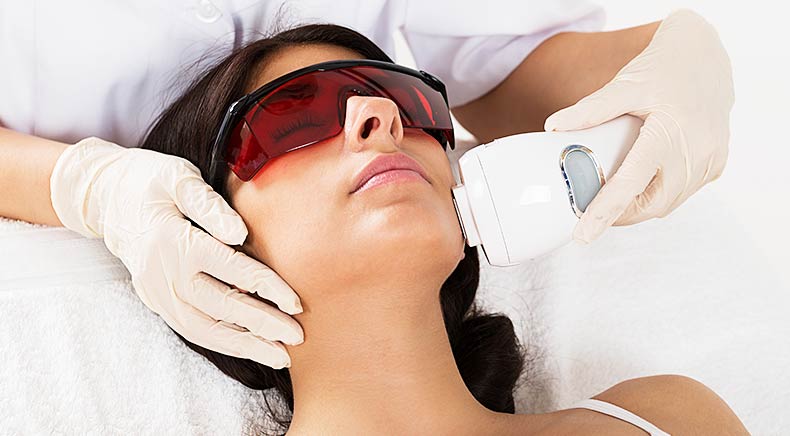
Damaged skin and wrinkles caused by age, sun exposure, heredity, lifestyle or acne can be improved with laser skin resurfacing. Laser resurfacing removes layers of skin thereby revealing a new, younger looking layer of skin.
The laser can be used on the entire face or specific areas. Skin color is not necessarily a barrier to treatment though skin thickness and texture may determine whether you are a good candidate for laser resurfacing. The laser produces a tightening effect on the skin which can be beneficial when used on the lower eye lid.
If you are having other facial cosmetic surgery such as a facelift or eyelid surgery you may be able to have laser skin resurfacing at the same time.
Your skin type will be assessed and the extent to which you have sun damage, uneven pigmentation and skin imperfections will be determined since fine lines and deeper wrinkling will require different approaches to treatment. The effect of skin resurfacing using a carbon dioxide (CO2) or erbium YAG laser is similar to the results obtained using chemical peels and dermabrasion. The laser, however, removes skin layers by vaporization rather than with chemicals or sanding.
The risks of laser resurfacing are few but include infection or abnormal healing. If you have had allergic reactions or herpes, skin resurfacing can cause a recurrence of these conditions. Some patients form raised or thickened scars following the procedure. This response can be unpredictable.
Following laser resurfacing, you must avoid sun exposure until the redness of your skin has gone. In fact, it is better to avoid the harmful effects of the sun permanently with sun block and head coverings. A scab may or may not form over the treated skin but you will be advised about this and cleansing your skin by our staff. Camouflage makeup can be used within a two weeks of resurfacing and you should be able to return to work within a week to ten days.
